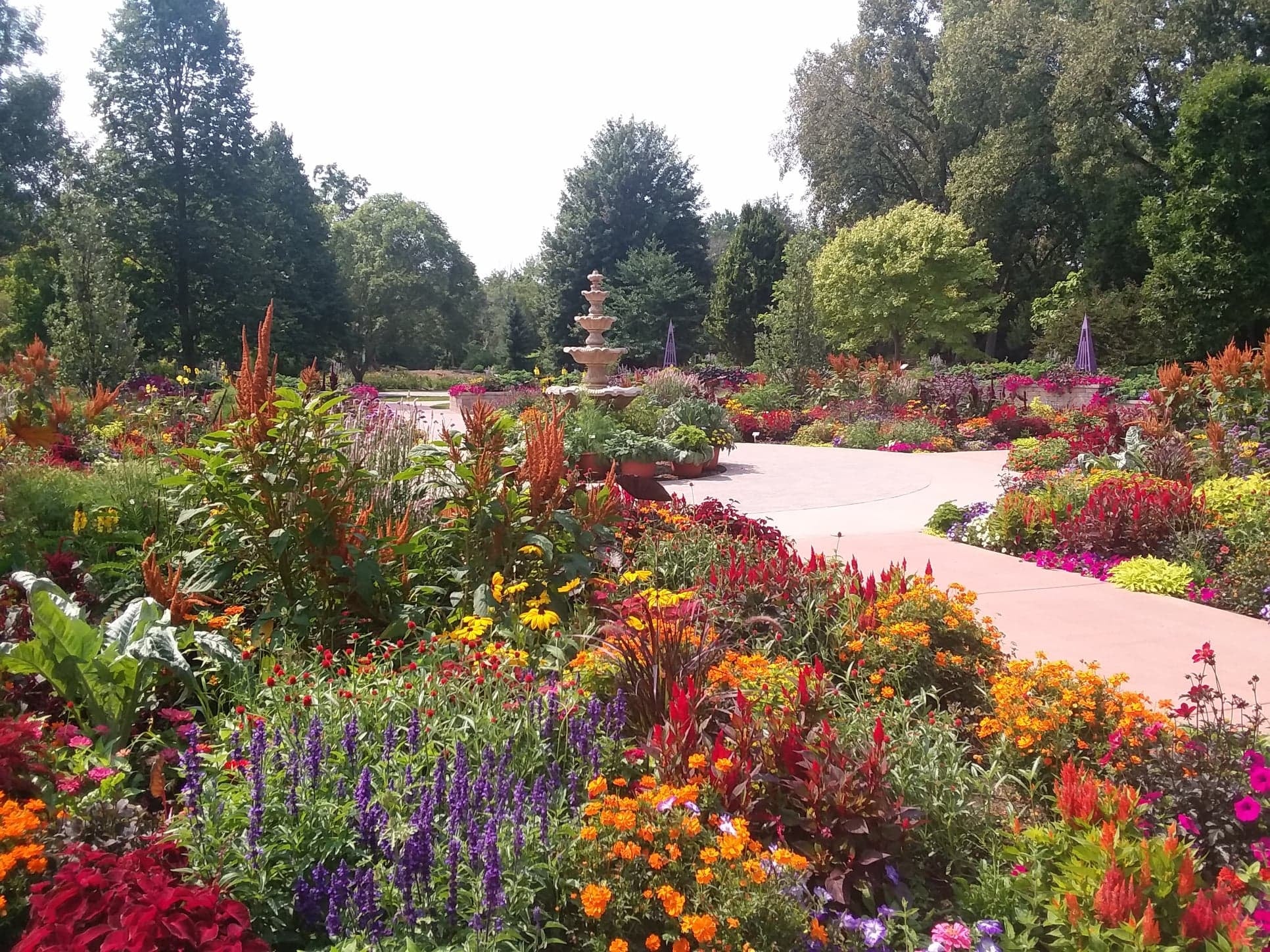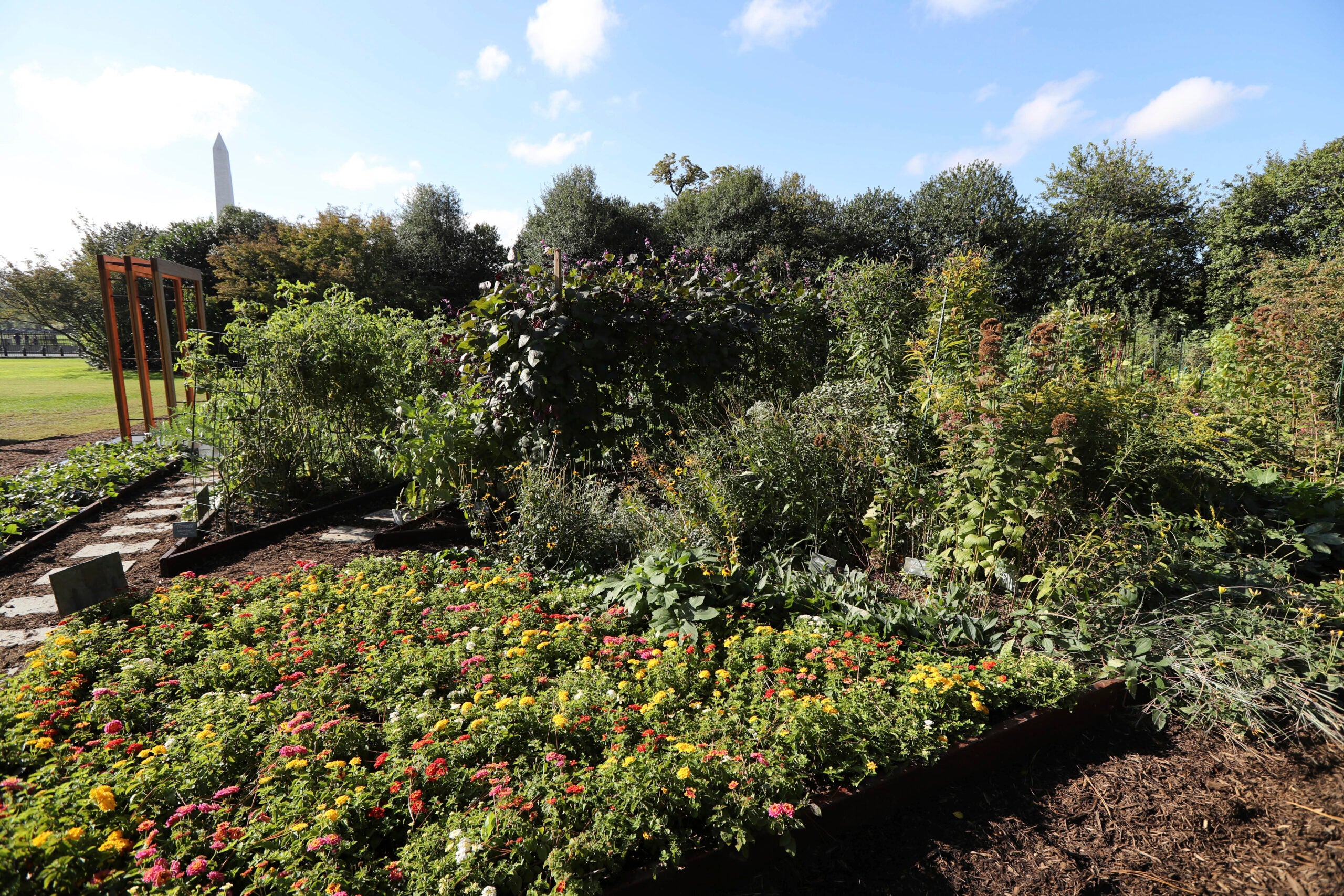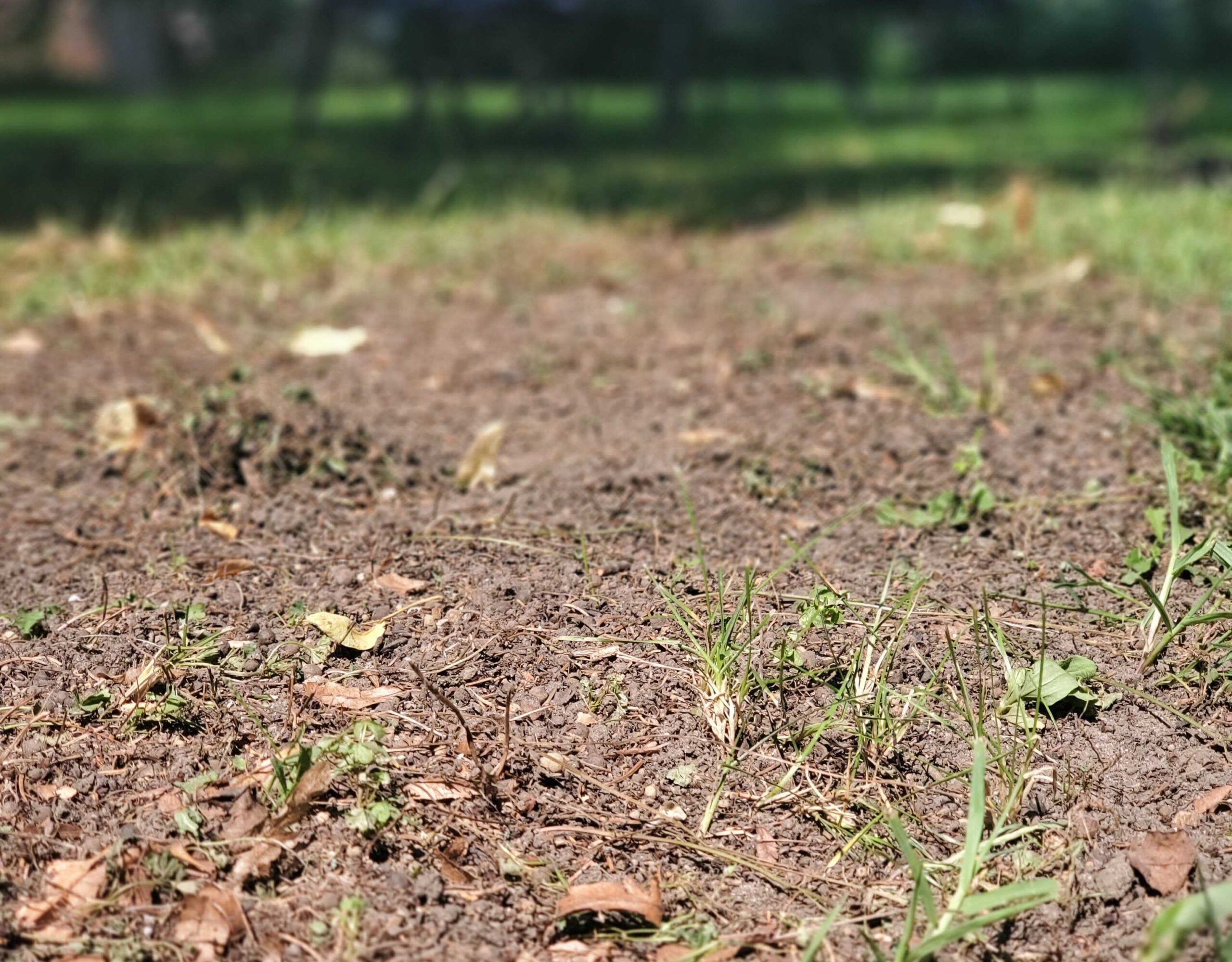Even the most accomplished gardener can appreciate some easy, low-maintenance plant choices. Tune in to learn about options for easy and beautiful additions to your garden.
Featured in this Show
-
Stop Weeds From Taking Over A Yard With This Expert's Tips
No gardener wants to use more chemicals in their yard than are needed, and many would like to forego them completely. But given how quickly weeds can take over, it pays to employ proven organic methods of control.
Melinda Myers is a Milwaukee-based garden expert and the author of more than 20 books, including “Minnesota and Wisconsin Month-by-Month Gardening.” She said that for lawns, a great approach is to make it much harder for the weeds to get a foothold.
“It’s been found than even one fertilization will help to increase the vigor of your lawn and reduce your weeds up to 50 percent,” Myers said.
For an organic fertilizer choice, Myers is a fan of milorganite because it is a slow-release, low-nitrogen product that is made in Wisconsin. She recommended a fertilization schedule of Memorial Day, Labor Day and Halloween, but added that even just doing the last of the three will put a dent in weed production.
For control of broadleaf weeds like dandelions and creeping Charlie in the lawn, Myers recommended chelated iron. That substance can actually be used to treat plants that are not producing enough chlorophyll. But in the case of the broadleafs, the approach is giving them too much of a good thing.
“It’s basically giving them an overdose, a toxic level of iron. But if it gets on the grass, it just makes it green,” Myers said.
Myers cautioned that while there is no risk to using the chelated iron in the lawn, there is risk should it spread to the garden. Desirable garden plants should therefore be protected, and the gardener should take care that it doesn’t drift over to them.
One product that will help with weed control in either a lawn or garden bed is corn gluten. Myers said that it is a pre-emergent, meaning that it’s most effective when applied before the weeds sprout.
Research at Iowa State University led to this use of corn gluten, and shows that twice-yearly applications over three years can reduce weeds by up to 80 percent. Myers did point out that those results are for preventing weeds, “not killing existing ones.” That is good news, though, for the flowers and vegetables that have already come up, which will be safe when the corn gluten is applied.
There are a lot of good reasons to apply mulch, and Myers said that research from Ohio State University shows that mulching is as effective as pre-emergent treatments for garden weed control.
Here’s an approach Myers said she’s had success with: First, prep the soil, and then to cover it with clear plastic for two weeks. Creating that greenhouse effect causes many of the annual weed seeds to sprout. Then cultivate the soil, but not so vigorously as to bring more weed seeds up to the surface. Plant the garden, and then mulch.
“So you warm the soil and pre-germinate a lot of the weed seeds and get rid of them. It doesn’t control quackgrass or ground ivy, but at least it gives you a jump-start on a lot of those annual weeds in your garden, and the mulch will help to suppress them,” Myers said.
-
‘Goof-Proof’ Plants For Wisconsin Gardens
Especially when someone is just starting out as a gardener, it’s nice to have some plants that don’t require a lot of knowledge or maintenance — and even long-time gardeners can appreciate plants that thrive despite “operator error.”
Melinda Myers is a Milwaukee-based garden expert and the author of more than 20 books, including “Minnesota and Wisconsin Month-by-Month Gardening.” She said that there are “goof-proof” plants that are well-suited for Wisconsin gardens.
When it comes to perennials — plants that will come back year after year on their own — some of the easiest and most popular are hostas and daylilies. While they may seem like an incredibly common choice, she said that there are many more varieties than people realize, which means that they can be used to create an interesting and enjoyable landscape.

Hosta leaves. Photoholic1 (CC-BY-NC-SA).
The “icy blue” flowers of the willow amsonia. Jane (CC-BY-NC-ND).
. Bergenias. Dale Calder (CC-BY-NC-SA).Another easy-to-grow perennial that has only recently become popular is the Willow Amsonia. Myers said that it grows to be about 3 feet tall and wide, with very fine, narrow leaves. It can grow in full sun to part-shade, and she added that once it is established, it is quite drought-tolerant — though it can also do well in a more moist environment.
Myers said that the Willow Amsonia has “icy blue” flowers in late spring and early summer. However, that isn’t it’s showiest feature.
“The leaves look great all summer, and in fall, it just glows when it turns kind of a golden amber,” Myers said.
The Willow Amsonia can be left all winter for visual interest in the garden. Myers said that the “light airy texture” of the leaves is a nice complement to seed heads left in the garden for birds.
Another easy to care for perennial is Bergenia, which Myers said goes by the common name of pigsqueak.
“If you rub the leaves, it squeaks like a pig,” Myers explained.
Myers said that Bergenia has big green leaves that are complemented by white or pink spring flowers. In fall, Myers said, the foliage turns a “purply bronze-red” and will keep its color through the winter and even into the spring when the snow melts away.
“I’m all about plants that give you year-round interest as well as being low-maintenance and easy to care for,” Myers said.
Non-spreading catmint is also a favorite for Myers. She said that varieties like Walker’s Low and Junior Walker have wonderful gray-green foliage and long lasting flowers that bees and butterflies love. Catmint thrives in hot, dry conditions, and she said that if it gets a little out of control, it can be “given a haircut halfway through and you’re done.”
Myers did offer a couple reminders about perennials. First, checking the tags on a plant or doing a little research will ensure that it’s planted where it will thrive. Even the hardiest plant will not do well if it is in the shade and needs sun or vice versa.
“A lot of people think that those are much low-maintenance, and they are because you don’t have to replant them. But they are living organisms, so you still have to take care of them,” Myers said.
Episode Credits
- Larry Meiller Host
- Judith Siers-Poisson Producer
- Melinda Myers Guest
Wisconsin Public Radio, © Copyright 2024, Board of Regents of the University of Wisconsin System and Wisconsin Educational Communications Board.



